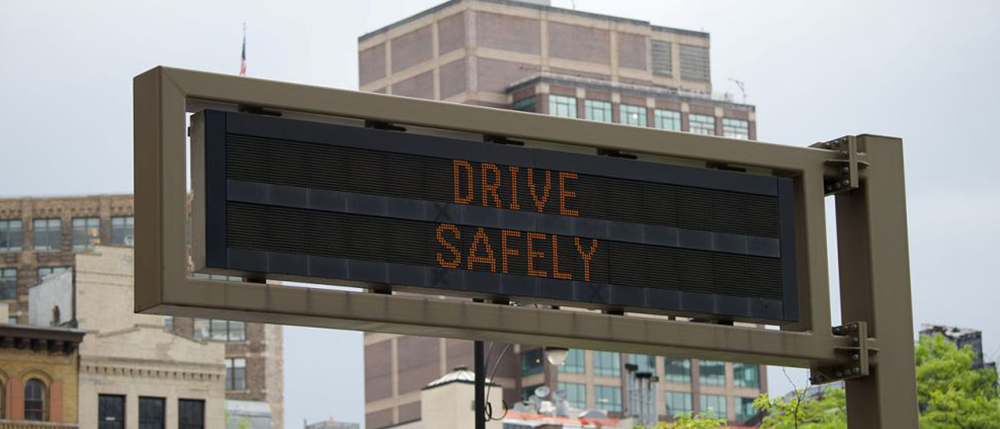Years ago, roads were just pathways where more than one horse or wagon traveled
Horses didn't move very fast so no one needed a lot of road signs. As vehicles become more prevalent, and faster, road signs and lane markings were needed to help drivers drive safely.

Our driving is made safer and more informed by the number of road signs and lane markings that are posted
We're told what the speed limit is and when road conditions change (i.e., lanes merge or an intersection ahead or pavement turns to gravel). Signs help us to know how and where to drive.
But signs also tell us something else. They help us to read the minds of drivers around us and anticipate where collisions could occur.
For example, if you are driving down the street and the solid yellow line in the middle of the road suddenly turns to a dashed yellow line, you know that there is the potential for you to pass someone. That's what most people see when they see a dashed yellow line in the middle of the road. It also tells you something else. It tells you that other drivers in oncoming traffic might want to pass someone, which means they will move from their lane to yours. (Of course people pass incorrectly and illegally on a solid yellow line but it happens less frequently – the dashed yellow line gives drivers "permission" to pass). So you should drive warily when you see a dashed yellow line because it could mean that oncoming traffic might pull out in front of you.
Or consider speed limits: City planners and traffic officials don't change speed limits for no reason at all. If they drop the speed limit from 80 to 60, it usually means you've moved off a main artery and are now on a secondary road 60 to 50 usually means you're in suburbia. 50 to 40 usually means you're in a zone of higher danger (i.e. a school zone). So use speed limits as a signal to know that the dangers have changed. A speed limit of 60 kph should tell you that you're on a fairly major road (but not necessarily a highway) and other traffic will be merging or turning on or off these roads. So many vehicles will be slowing down, speeding up, and turning. A speed limit of 40 kph should tell you that children might be present and could dart out in front of you at any time.
Driving safely means watching road signs to know what your car should be doing – of course – but it also means you can read these signs to guess at where the dangers are so you can drive defensively.

